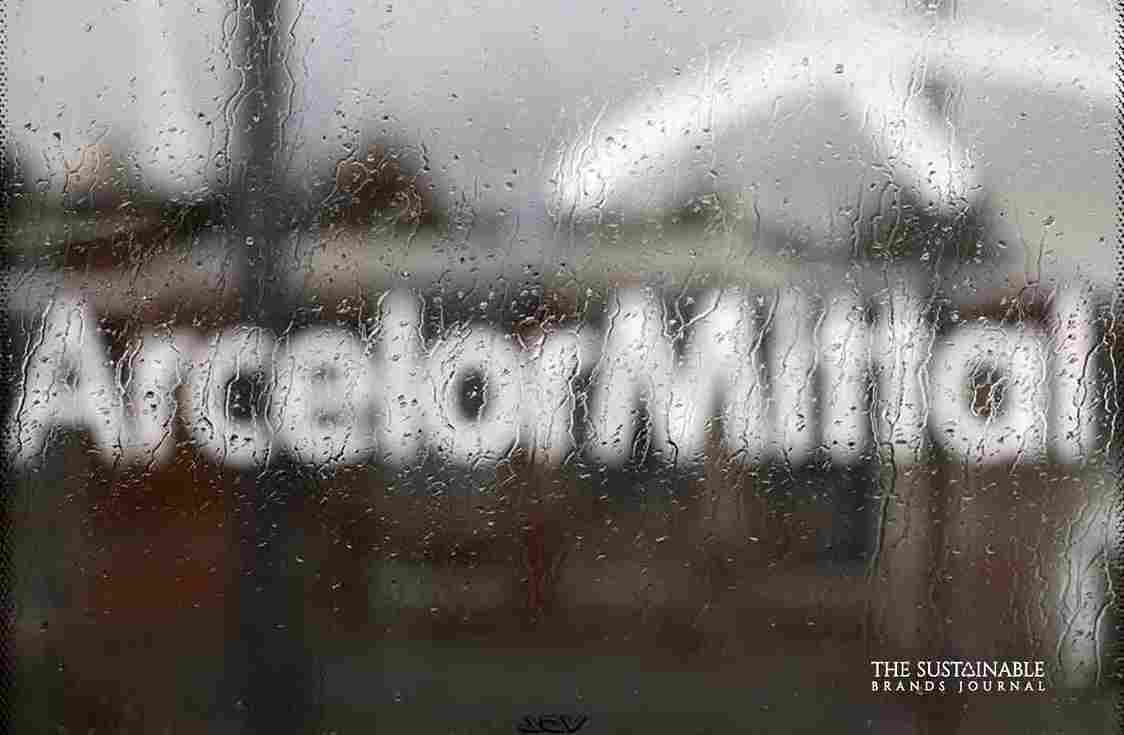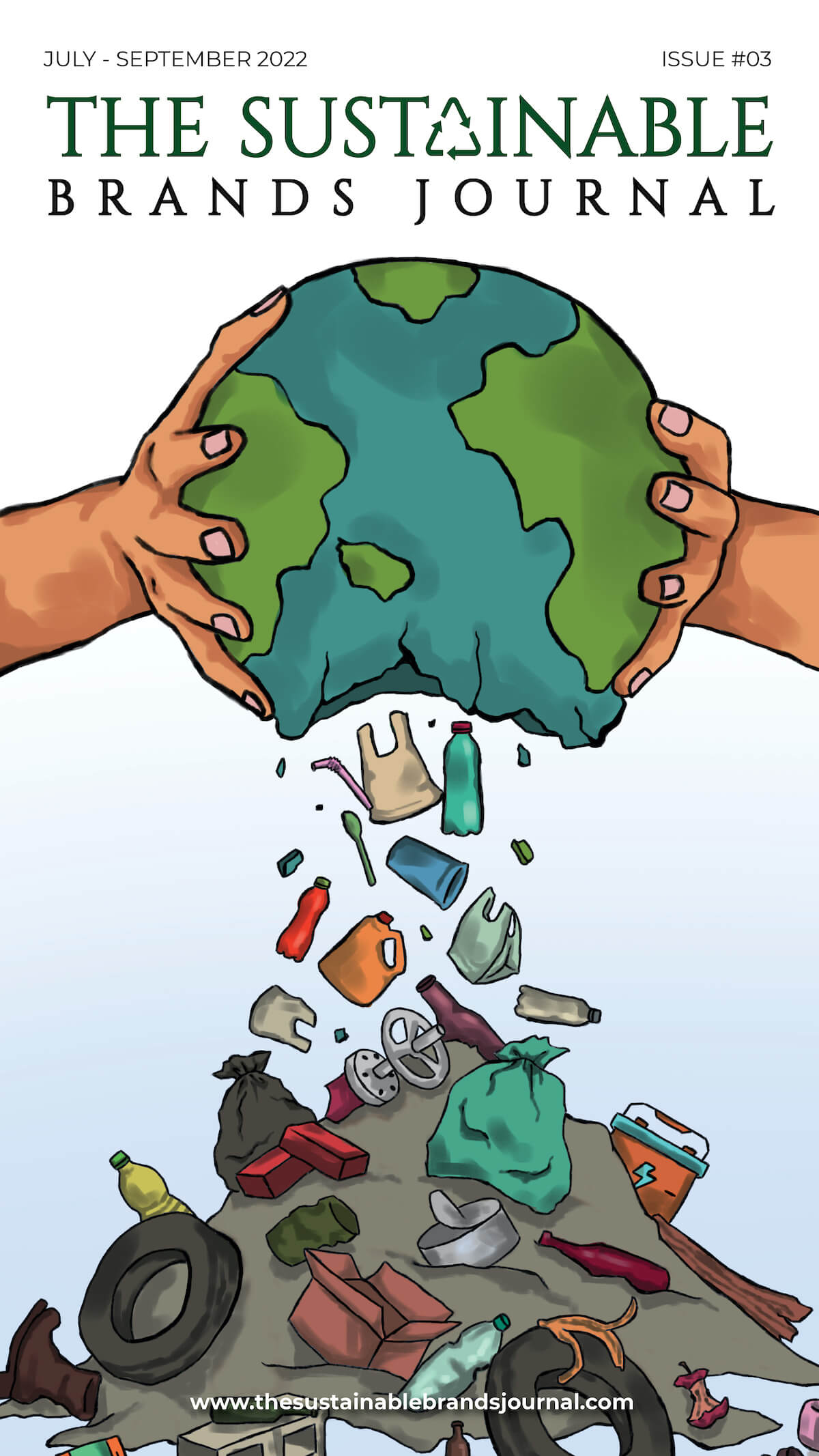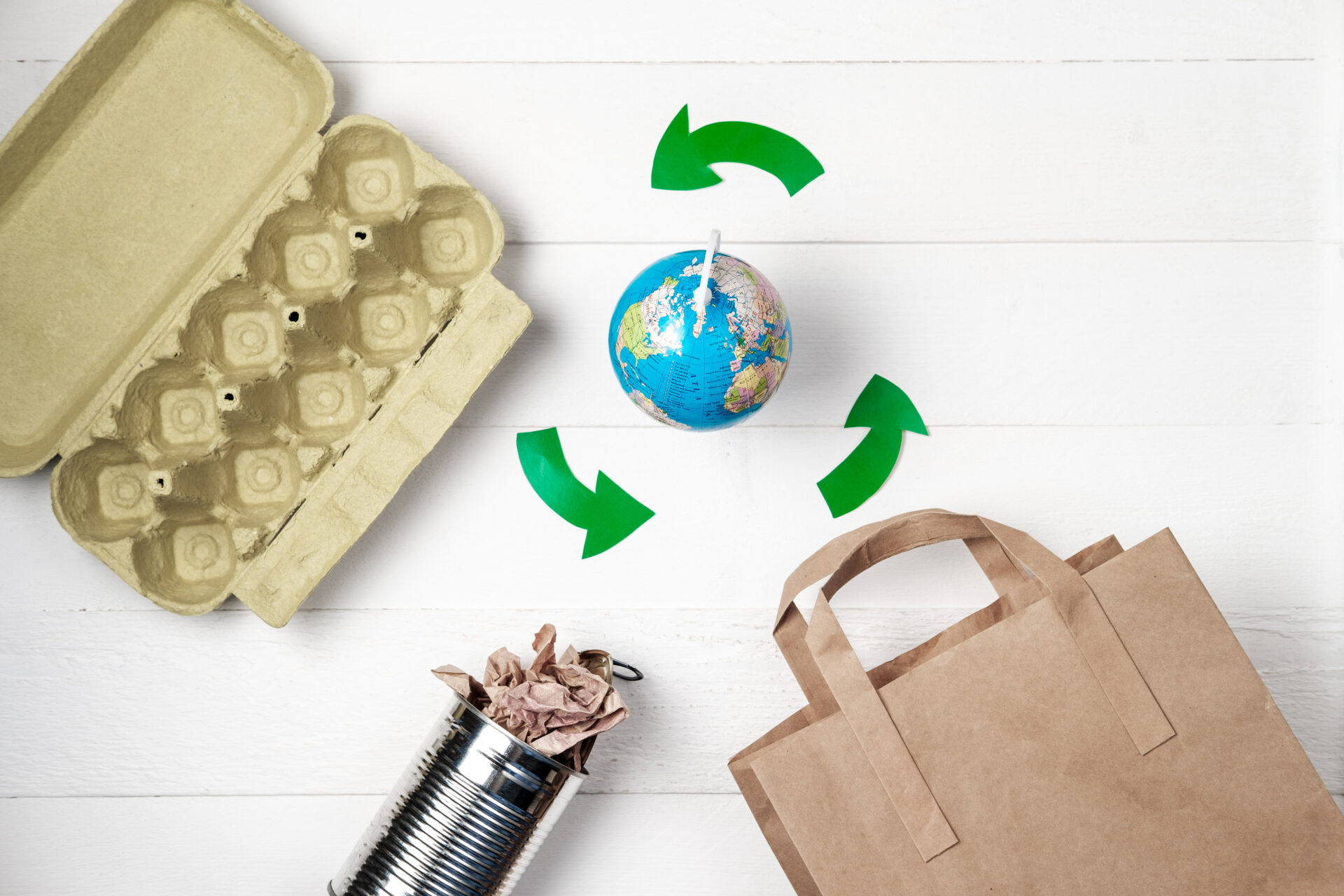
2025 and Beyond: Sustainability Predictions That Will Shape the Future
It has been a decade since the Paris Agreement, that aimed to keep the global warming no more than 2⁰C while pursue efforts to keep it below 1.5⁰C, to reduce emissions by 45% and reach net zero by 2050.
The period from 2016 to 2023 has seen private capital flow majorly into energy, mobility, industry and food.
In Energy, Solar witnessed the highest funding of $21.6bn followed by nuclear fusion $4.8bn; while mobility witnessed $45bn of inflow in EV space alone.
The geography that witnessed the most climate tech VC funding was Europe, followed by USA and China. Overall the climate tech VC investment increased by 12.5x between 2013 to 2023.
As we enter 2025, we are expected to see some developments in technology on which work has been going for a long time now.
1. Energy:
a. The Renewables will continue to see an uptake with increased commitments from corporates to reduce their emissions, also being driven by decreasing cost. Few of the innovations being worked on that we can see in 2025 include:
i. Floating offshore wind turbines like the Hywind Scotland Project
ii. Hydrogen fuel cells for energy storage
iii. Bioenergy with carbon capture and storage
b. Energy Management: With increase in demand for renewables and distributed generation, businesses will have to focus on energy efficiency, fuel switching and low emission technologies. The future will thus lie in energy management solutions and strategic energy purchases. For example, Google’s DeepMind has improved wind farm energy output by 20% using AI powered predictions.
c. Nuclear: The innovation in the space is reaching maturity with small modular reactors and fusion technologies reaching commercial deployment.
Atomic Energy Agency says that over 80 SMR designs are in development worldwide, targeting electricity, heating, water desalination and industrial steam.
Other areas where innovation is moving fast include:
(i) Nuclear fuel designed to be more efficient and exhibit accident tolerant characteristics – molten salt reactors, tristructural isotropic fuel and thorium based reactors.
(ii) Nuclear waste management
The challenge in Energy remains to manage the grid with different sources, making it smart and ensuring seamless supply of electricity.
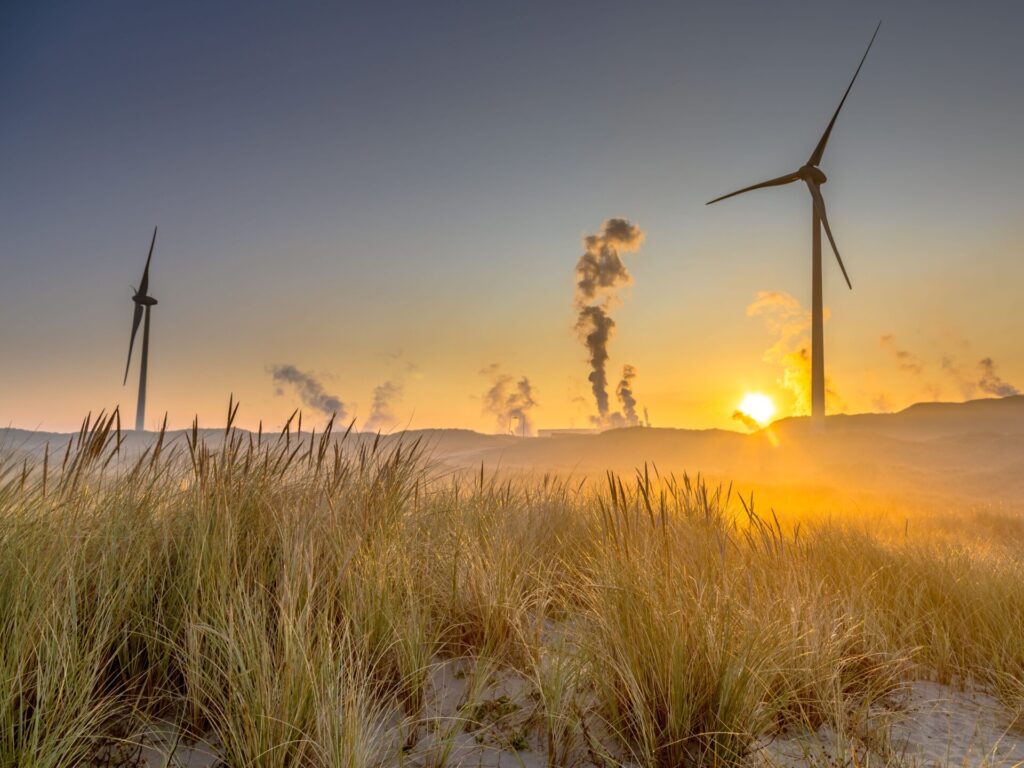
2. Circular Economy:
Beyond recycling, the circular economy aims to redesign product lifecycles in a way that can be reused, repaired, and remanufactured, viz.,
a) Waste to resource
b) Internet of Waste (use of AI and Machine Learning)
c) Bio-based materials
d) Blockchain (for material tracing)
The key challenge in the circular economy is the adoption. The corporates, the government and policymakers will have to work together to implement strategies to achieve the optimal results for achieving circularity
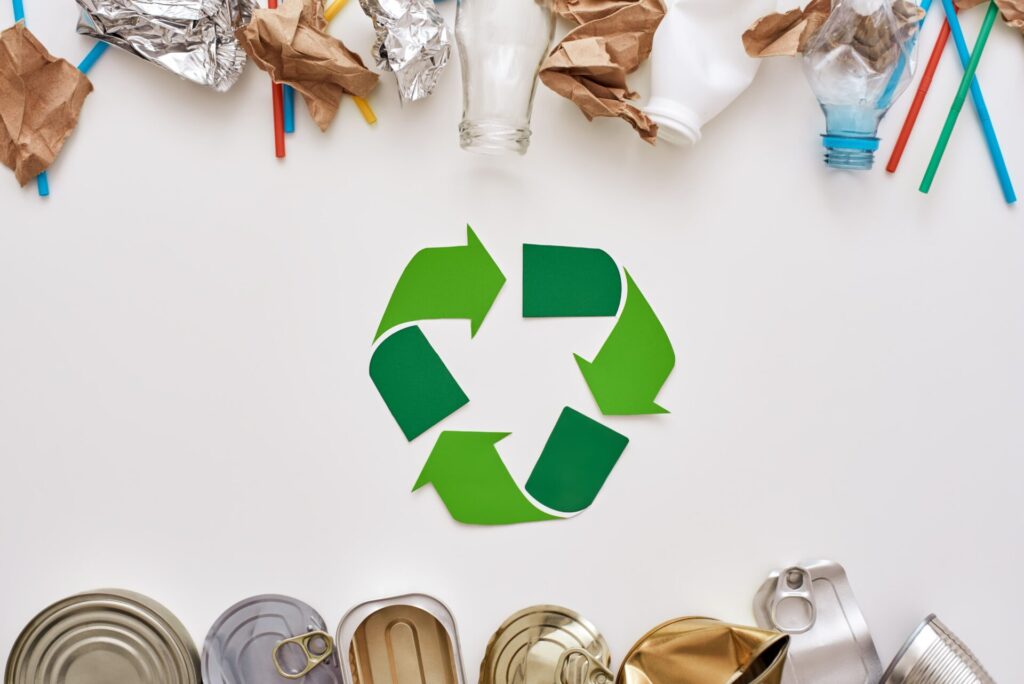
3. Water:
Climate change, as we all know, impacts precipitation patterns leading to frequent and severe droughts. Melting glaciers cause reduced fresh water supply, and salt water contamination due to rising sea levels. To tackle the problem of available freshwater, technology in the works that are promising include:
a. Digital Water Management
b. Waste water treatment- chemical based treatments, membrane filtration, membrane bioreactor, Aerobic treatment
c. De-salinization using reverse osmosis technology
The challenge with implementation of these technologies is that these are energy intensive, while the cost of energy is a major factor, it is imperative that the source is also green. Even if the problem of the cost and energy is solved, all these technologies will have to work together, for instance digital water management alone can’t make a dent in the objective, thereby collaboration of technologies is critical.
4. Food:
The effect of rising temperatures can already be seen in the reduced crop yield. The disruptions caused by climate have a direct effect on prices and transportation making accessibility an issue. While agriculture is one segment, animal-driven food is another sector that has been responsible for a lot of emissions. To tackle these emission areas that shall see growth and are in focus include
a. Alternate Proteins, which shall conƟnue to gain momentum with more focus on hybrid protein blends, precision fermentaƟon, AI driving protein designing
b. In 2024 the world wasted 1.05 bn tones of food or 1/5th of all food available to consumer, in addition to food lost in supply chain. Food waste tracking, food banks, on site food waste composters and optimization of the supply chain shall all continue to gain momentum to tackle this problem
c. Packaging is another focus where innovation in alternate materials is in the works with materials such as algae, and fungi being engineered for production.
The challenges are wide in food, on one hand we need to focus on reducing emissions from reducing consumption of animal based foods thereby focus on alternate proteins, while on the other increasing the yields of crops to ensure food security and ensure reduced food wastage. This is the sector where, we as consumers, can move the needle by modifying our eating habits and ensure minimal wastage.
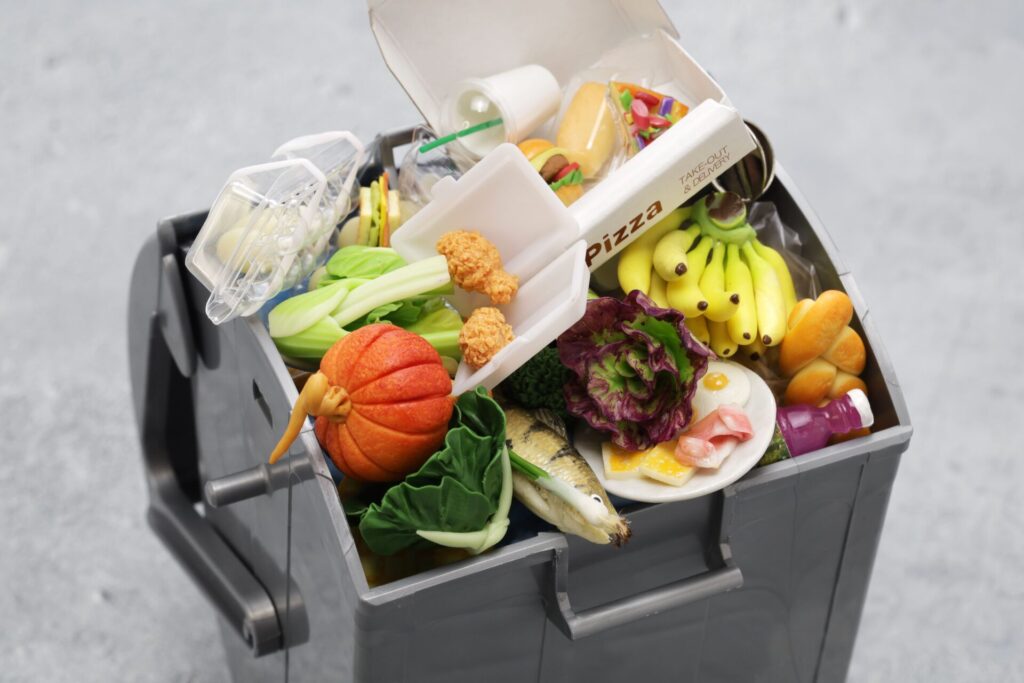
5. Artificial Intelligence (AI):
In all the above mentioned sectors, we could see the prominence of AI and how it can play a pivotal role in aiding and increasing the efficiency of technology being adopted. AI shall act as a support to these technologies
It is also believed the growth in the sustainable investment will be driven by Reporting-As sustainability disclosure requirements become compulsory and standardized globally, companies will be scrutinized by stakeholders, consumers and employees and there may be potential penalties for greenwashing. Long-term sustainability goals, beyond 2030, will become more common.
Carbon Markets– Carbon tracking and optimization will gain more momentum in an effort by companies reduce their emissions.
We can expect 2025 to be see breakthrough in innovations and commercialization of the ones already under process.
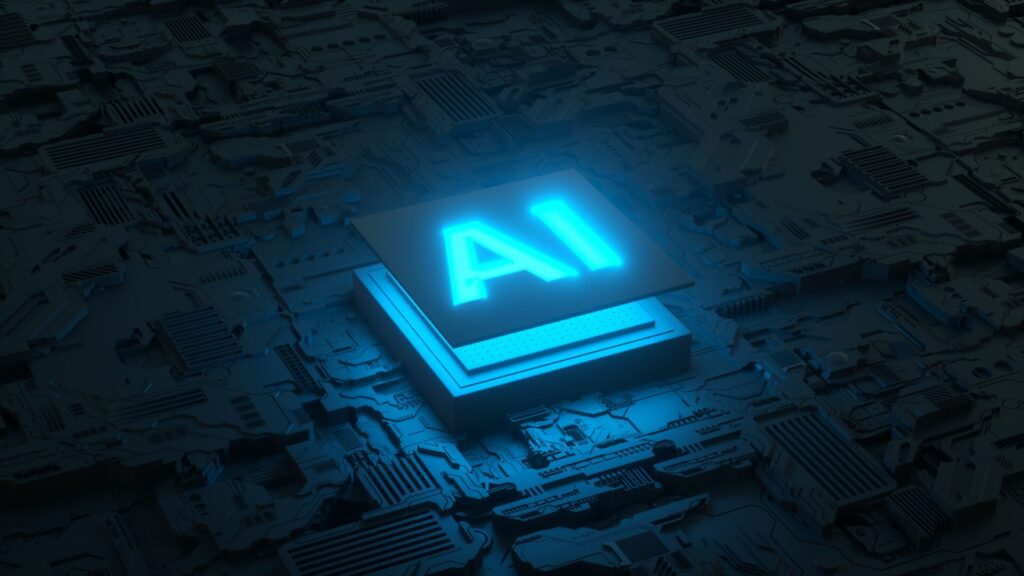

Prachi, an accomplished Chief-Editor at The Sustainable Brands Journal, has 15+ years of experience in Europe, the Middle East, and India, managing 90+ global sustainable brands. She’s a prolific writer in sustainability, contributing to various publications. Prachi’s unwavering passion and expertise make her a recognized authority, driving positive change and inspiring a sustainable future.

